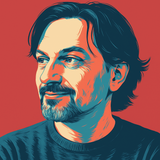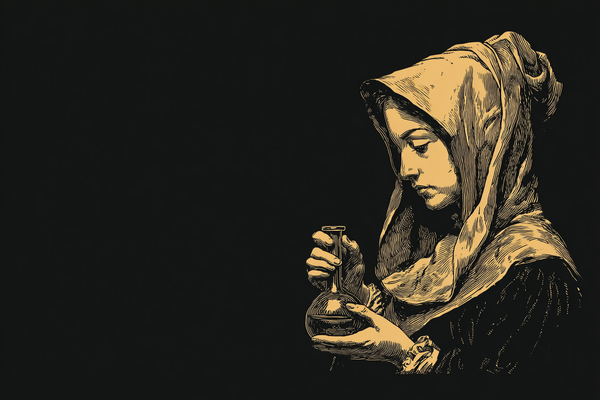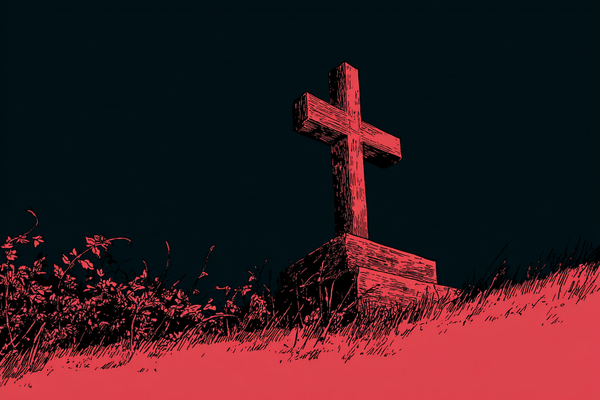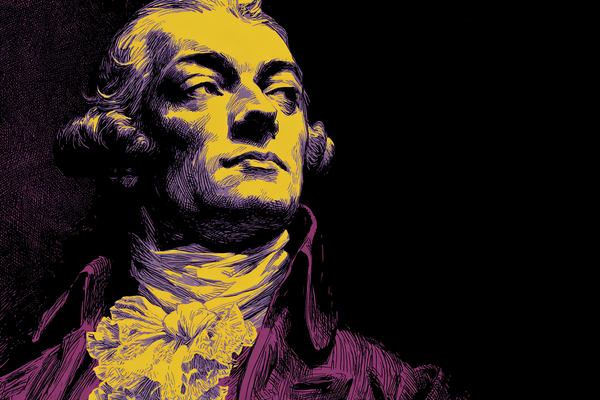The Alchemist Who Pre‑Invented Plastics: Bartholomäus Schobinger of St. Gallen (1530)
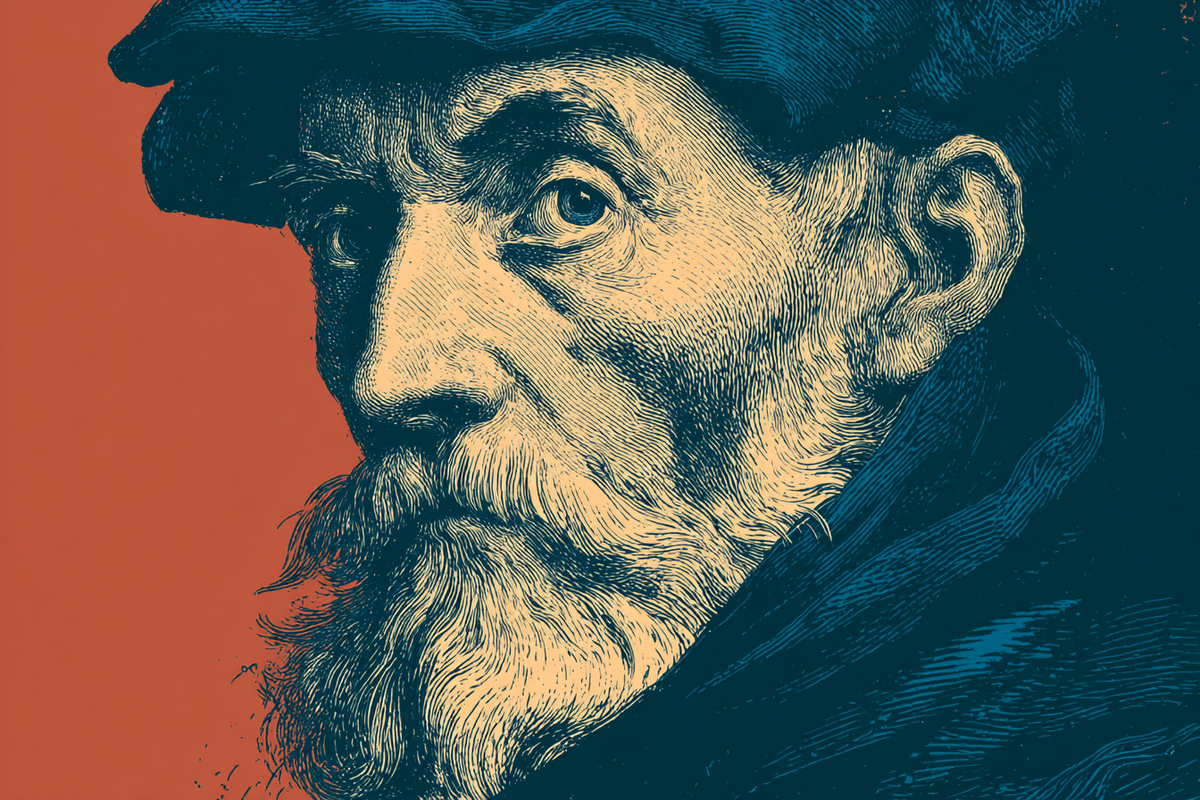
Five centuries before Bakelite, a St. Gallen merchant‑alchemist shared a kitchen‑alchemy recipe that could turn curdled milk into a translucent, horn‑like material. A Benedictine monk later cast it into buttons and medallions and called it Kunsthorn — “artificial horn.” Meet Bartholomäus Schobinger (1500–1585): rich, restless, and obsessed with materials, manuscripts, and the new sciences of his age.
A merchant prince with a laboratory mind
Born into a family long tied to the Abbey of St. Gallen, Schobinger rose as the head of the Schobinger trading house, making a fortune in iron and textiles and through mining ventures across the alpine world. He joined the city’s elite Gesellschaft zum Notenstein and sat on the St. Gallen council for decades. Wealth bought him estates — Schloss Hornon the lake and Schloss Weinstein in the Rhine Valley — but his reputation rests just as much on what he read, copied, experimented with, and shared.
St. Gallen’s brains trust
St. Gallen in the 1520s–30s was a crucible of reformist learning: Vadian’s humanist circle, printers shuttling between Basel and Zürich, and merchants with libraries that doubled as laboratories. Schobinger lived in that slipstream, corresponding, collecting, and copying. He helped make St. Gallen a node in a north‑Alpine network trading not only in cloth and ore, but in alchemy, metallurgy, and medical craft.
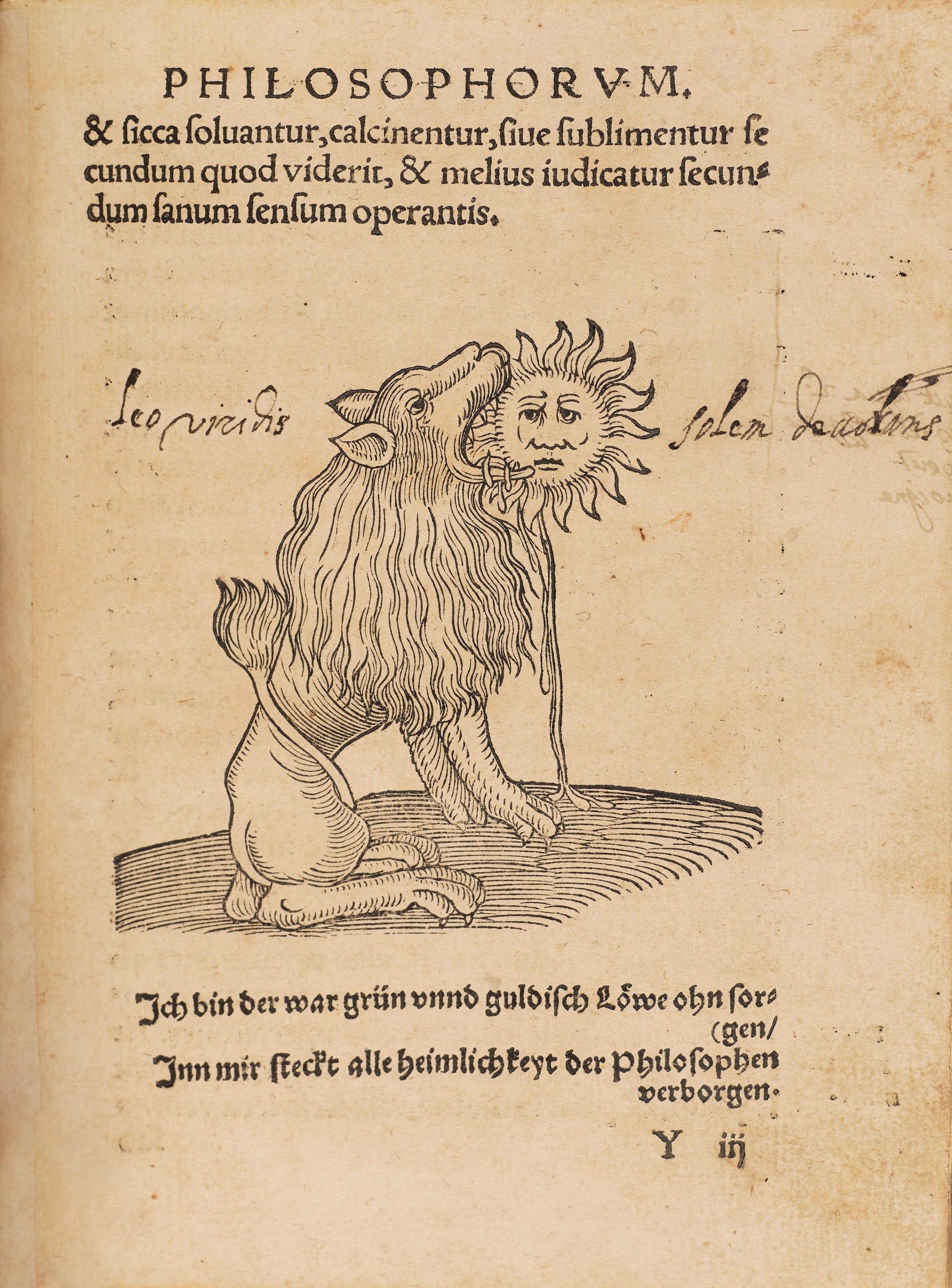
The Rosarium scribe and the alchemist‑collector
Schobinger wasn’t just an armchair reader. He is credited as scribe/owner of an illuminated manuscript of the Rosarium philosophorum, the most visually compelling alchemical florilegium of the period. Around him coalesced a small working circle — socii — who copied, circulated, and debated texts, from pseudo‑Lullian diagram treatises to hands‑on laboratory recipes. In today’s language: a private R&D club meeting between countinghouse and still.
Paracelsus in St. Gallen: proximity and friction
In 1531, Paracelsus came to St. Gallen to treat the ailing mayor Christian Studer. For a time he lodged in Studer’s house. By marriage Schobinger was connected to this household and certainly crossed paths with the controversial physician. Surviving local testimonies (including one by “Bartlome Schowinger”) show the encounter wasn’t simple hero‑worship: Paracelsus impressed and irritated in equal measure. What matters for our story is the milieu — a city in which merchants, medics, printers and tinkerers mixed theory with experiment.
Cheese into ‘plastic’: the Kunsthorn recipe
Among Schobinger’s circulated receipts was a procedure to denature casein (milk protein) into a moldable, horn‑like mass — Kunsthorn. The Benedictine monk Wolfgang Seidel later wrote it down and cast it into small goods: a proto‑plastic centuries before Galalith and Bakelite. The stuff set hard and translucent in cold water, could be pressed in molds, and — while brittle when cold — looked and behaved strikingly like horn. It wasn’t yet modern polymer chemistry, but it captured the alchemy‑to‑materials‑science arc in miniature.
“Then press the purified mass into a warmed form… plunge into cold water; there it hardens like bone and becomes wonderfully translucent.”
— from the Kunsthorn recipe tradition
Why boil cheese? The experimental logic of the 1500s
To modern eyes, overcooking curd sounds like a kitchen accident. In Schobinger’s world it was method. Renaissance “chymistry” blurred kitchen, workshop, and study: you learned nature by making things and forcing matter through heat, washing, grinding, dissolving, and recombining. Alchemists logged both the sacred and the frankly weird. (Paracelsus, who spent 1531 in St. Gallen, even described how one might generate a homunculus, a putative artificial human.) The point wasn’t madness; it was curiosity with tools. If horn could be softened and formed, why not make a horn‑like substance from other animal matter — milk protein? Casein was plentiful, cheap, and surprisingly plastic while warm. Schobinger’s “cheese‑to‑horn” fits this culture of iterative trial, error, and surprise.
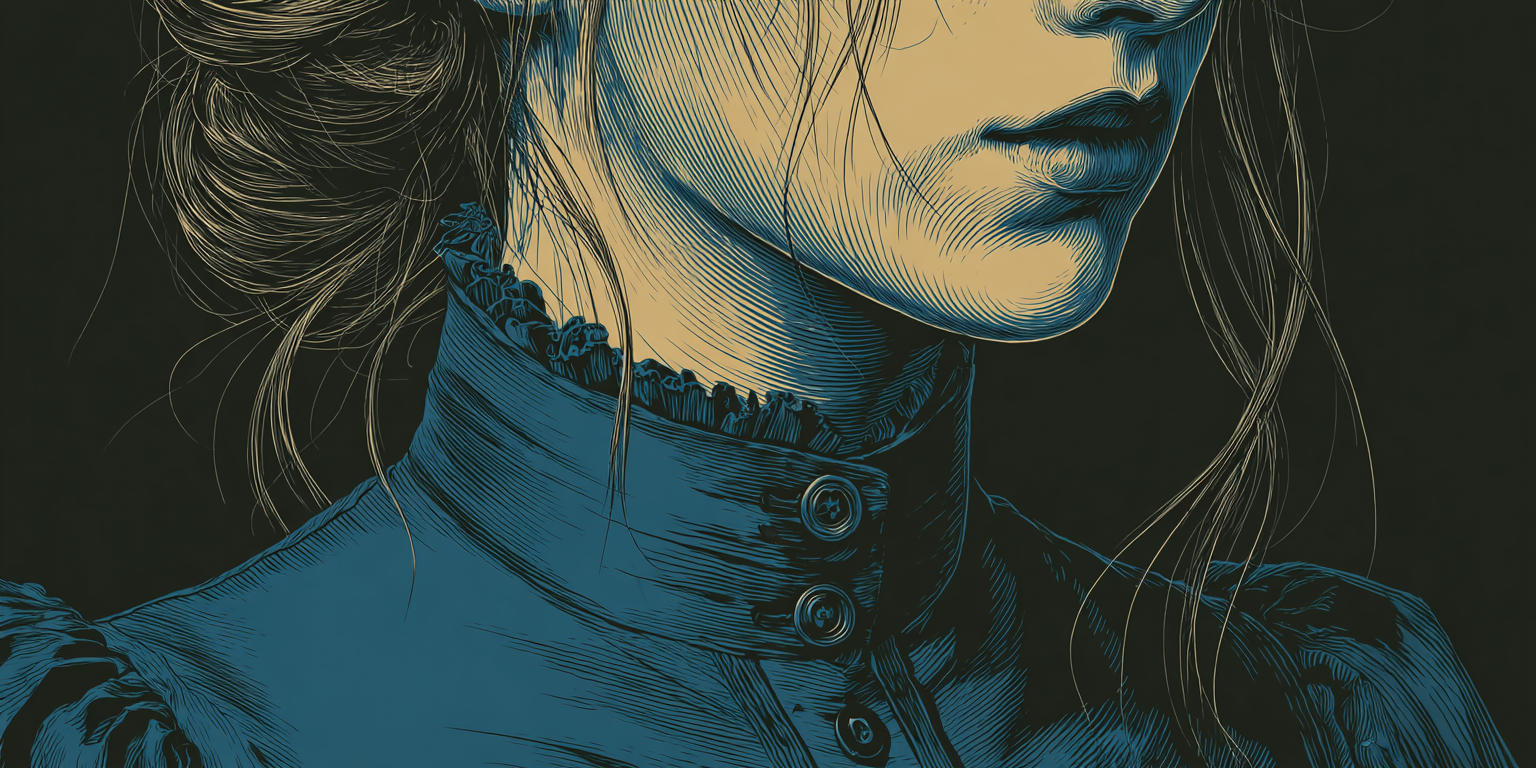
From kitchen alchemy to mass production: buttons and beyond
Kunsthorn itself remained a recipe, not an industry. But the idea — molding protein into durable shapes — persisted. By the late 19th century it matured into casein–formaldehyde plastic (trade name Galalith), showcased at the Paris Exposition of 1900. Because it could be dyed, carved, and cut cheaply, Galalith became a fashion workhorse: buttons above all, but also combs, jewelry, piano keys, and spectacle frames. In other words, a Renaissance curiosity foreshadowed a material that helped standardize small goods manufacturing in the age of mass production.
Politics, prestige, and patronage
Schobinger bridged commerce and civic power. As councillor he touched city finances and mint oversight; as Notensteiner, he moved in the patrician lane of merchant‑bankers who financed ventures and bought castles. Imperial armorial grants marked the family’s ascent, but the emblem that matters most for our purposes is an intellectual one: a merchant’s seal pressed equally into ledgers, laboratory notebooks, and illuminated diagrams.
Why he matters now
Schobinger’s story reframes early modern alchemy as applied research. He stands at the hinge where humanist libraries feed workshops, where mining capital funds materials tinkering, and where a recipe for “artificial horn” looks, in hindsight, like the prehistory of plastics. The chain runs from household curd to Kunsthorn to Galalith to the button cards and costume jewelry of the 20th century.
Afterword — on trying vs. scoffing
A final thought for today’s readers: much of Renaissance “chymistry” looks ridiculous until it doesn’t. The only truly ridiculous stance is not to try. Schobinger and his circle boiled, baked, steeped, and pressed their way into discoveries that later ages could scale. They were the kind of “crazy” that moves the frontier a few inches — sometimes far enough that, centuries later, it looks like the start of something big.
Timeline (select)
- 1500 — Born in St. Gallen.
- 1525 — First marriage; ascent in iron/textiles and mining; citizenship consolidated.
- 1528 — Marriage ties to the Studer household (the city’s top political family).
- 1531 — Paracelsus in St. Gallen to treat Mayor Christian Studer; St. Gallen’s learned circle in full ferment.
- ca. 1530s–40s — Rosarium manuscript copied/owned; alchemical circle active; Kunsthorn recipe circulates.
- 1550–1582 — Long tenure as Ratsherr (councillor); Notenstein membership.
- 1585 — Dies in St. Gallen.

